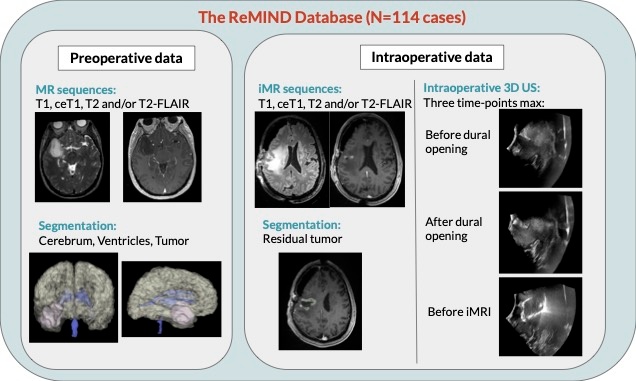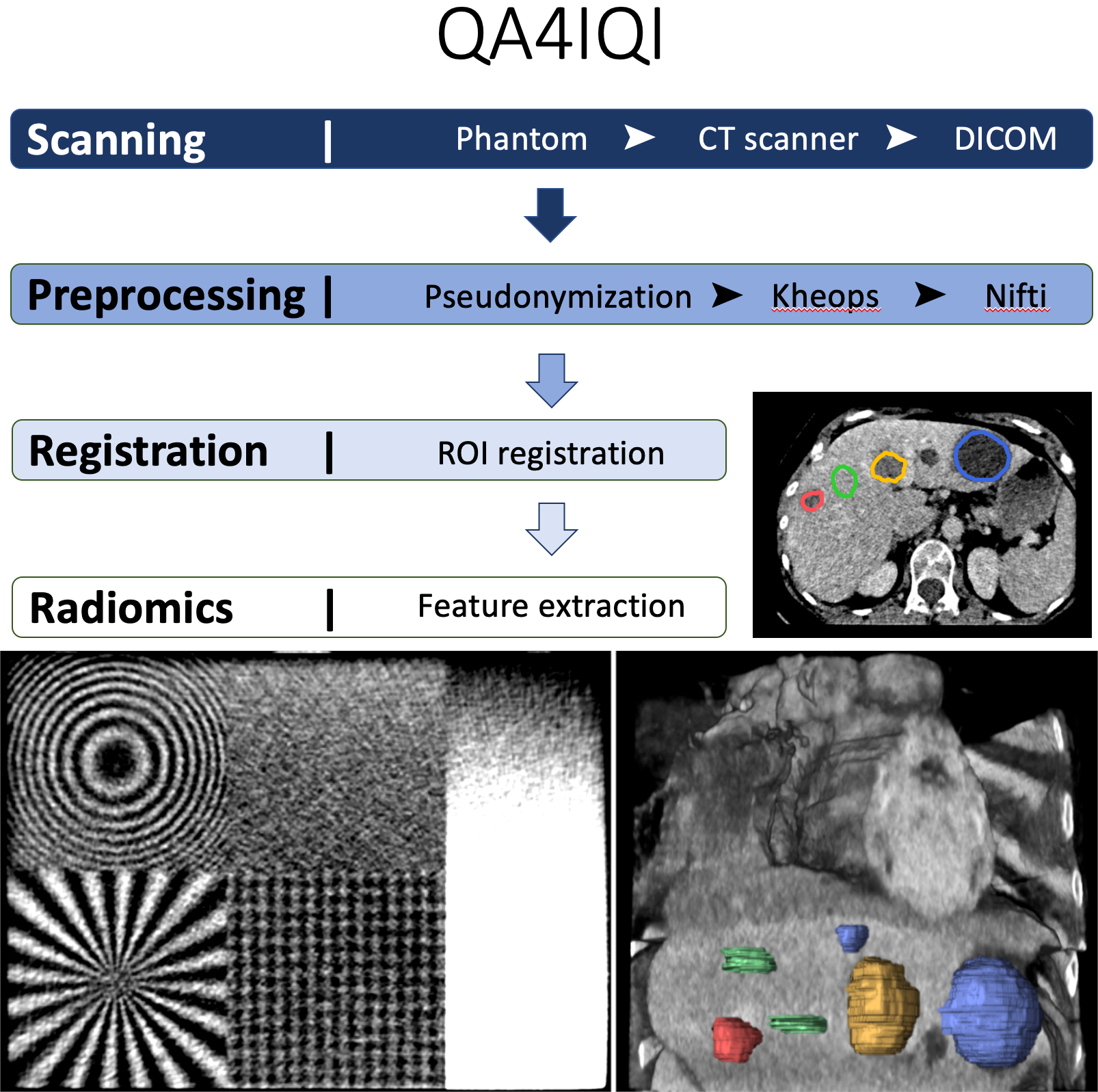The Cancer Genome Atlas Kidney Chromophobe (TCGA-KICH) data collection is part of a larger effort to build a research community focused on connecting cancer phenotypes to genotypes by providing clinical images matched to subjects from The Cancer Genome Atlas (TCGA). Clinical, genetic, and pathological data resides in the Genomic...
The Cancer Genome Atlas Head-Neck Squamous Cell Carcinoma (TCGA-HNSC) data collection is part of a larger effort to build a research community focused on connecting cancer phenotypes to genotypes by providing clinical images matched to subjects from The Cancer Genome Atlas (TCGA). Clinical, genetic, and pathological data resides in the Genomic...
The Cancer Genome Atlas Glioblastoma Multiforme (TCGA-GBM) data collection is part of a larger effort to build a research community focused on connecting cancer phenotypes to genotypes by providing clinical images matched to subjects from The Cancer Genome Atlas (TCGA). Clinical, genetic, and pathological data resides in the Genomic...
The Cancer Genome Atlas Esophageal Carcinoma (TCGA-ESCA) data collection is part of a larger effort to build a research community focused on connecting cancer phenotypes to genotypes by providing clinical images matched to subjects from The Cancer Genome Atlas (TCGA). Clinical, genetic, and pathological data resides in the Genomic...
The Cancer Genome Atlas Colon Adenocarcinoma (TCGA-COAD) data collection is part of a larger effort to build a research community focused on connecting cancer phenotypes to genotypes by providing clinical images matched to subjects from The Cancer Genome Atlas (TCGA). Clinical, genetic, and pathological data resides in the Genomic...
The Cancer Genome Atlas Cervical Squamous Cell Carcinoma and Endocervical Adenocarcinoma (TCGA-CESC) data collection is part of a larger effort to build a research community focused on connecting cancer phenotypes to genotypes by providing clinical images matched to subjects from The Cancer Genome Atlas (TCGA). Clinical, genetic, and pathological data resides in the
The Cancer Genome Atlas Cervical Kidney renal papillary cell carcinoma (KIRP) data collection is part of a larger effort to build a research community focused on connecting cancer phenotypes to genotypes by providing clinical images matched to subjects from The Cancer Genome Atlas (TCGA). Clinical, genetic, and pathological data resides in the Genomic...
The Cancer Genome Atlas Breast Invasive Carcinoma (TCGA-BRCA) data collection is part of a larger effort to build a research community focused on connecting cancer phenotypes to genotypes by providing clinical images matched to subjects from The Cancer Genome Atlas (TCGA). Clinical, genetic, and pathological data resides in the Genomic...

Introduction:
The Brain Resection Multimodal Imaging Database (ReMIND) contains pre- and intra-operative data collected on 114 consecutive patients who were surgically treated with image-guided tumor resection between 2018 and 2022. For all patients, preoperative MRI, 3D intraoperative ultrasound series, and intraoperative MRI are available. Additionally, each case typically contains segmentations,...

The aims of this dataset are to determine the stability of radiomics features against computed tomography (CT) parameter variations and to study their discriminative power concerning tissue classification using a 3D-printed CT phantom based on real patient data. A radiopaque 3D phantom was developed using real patient data and a potassium iodide solution paper-printing technique. Normal liver tissue and 3 lesion types...
